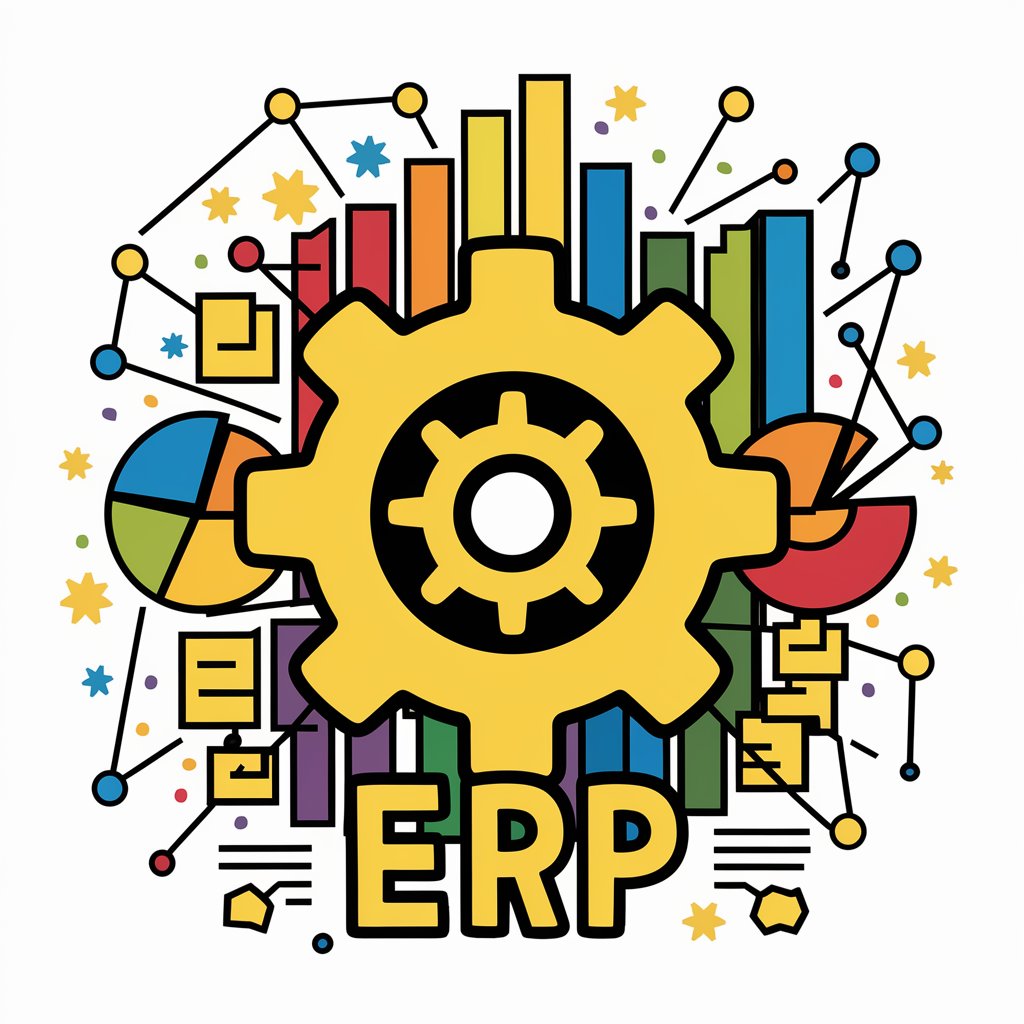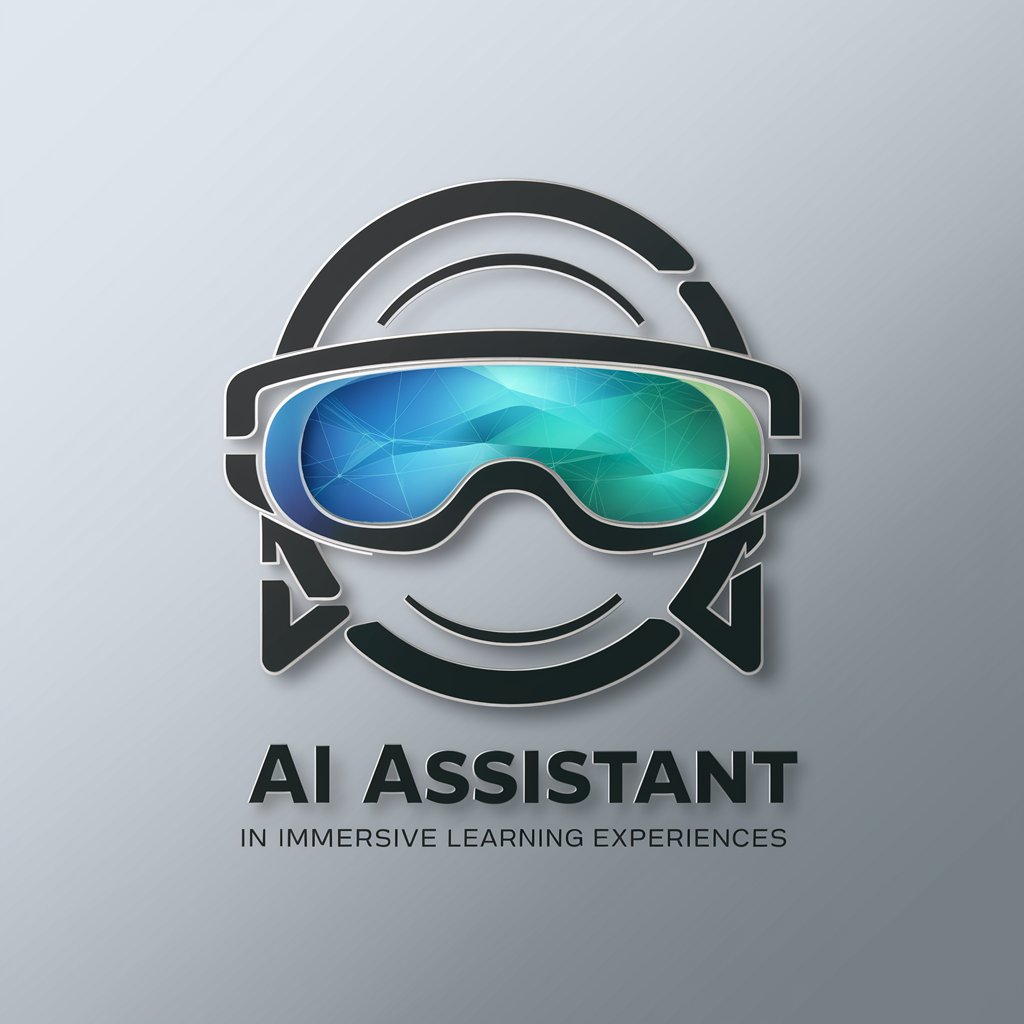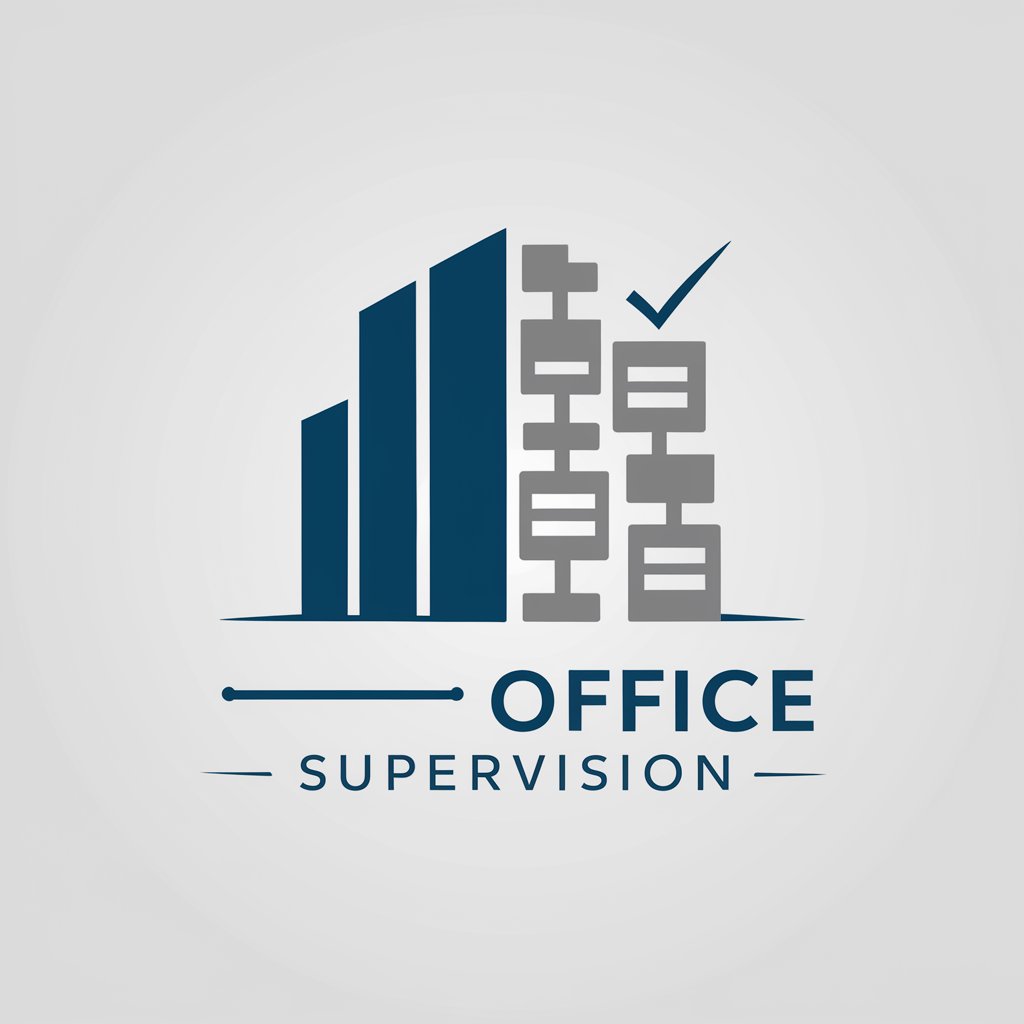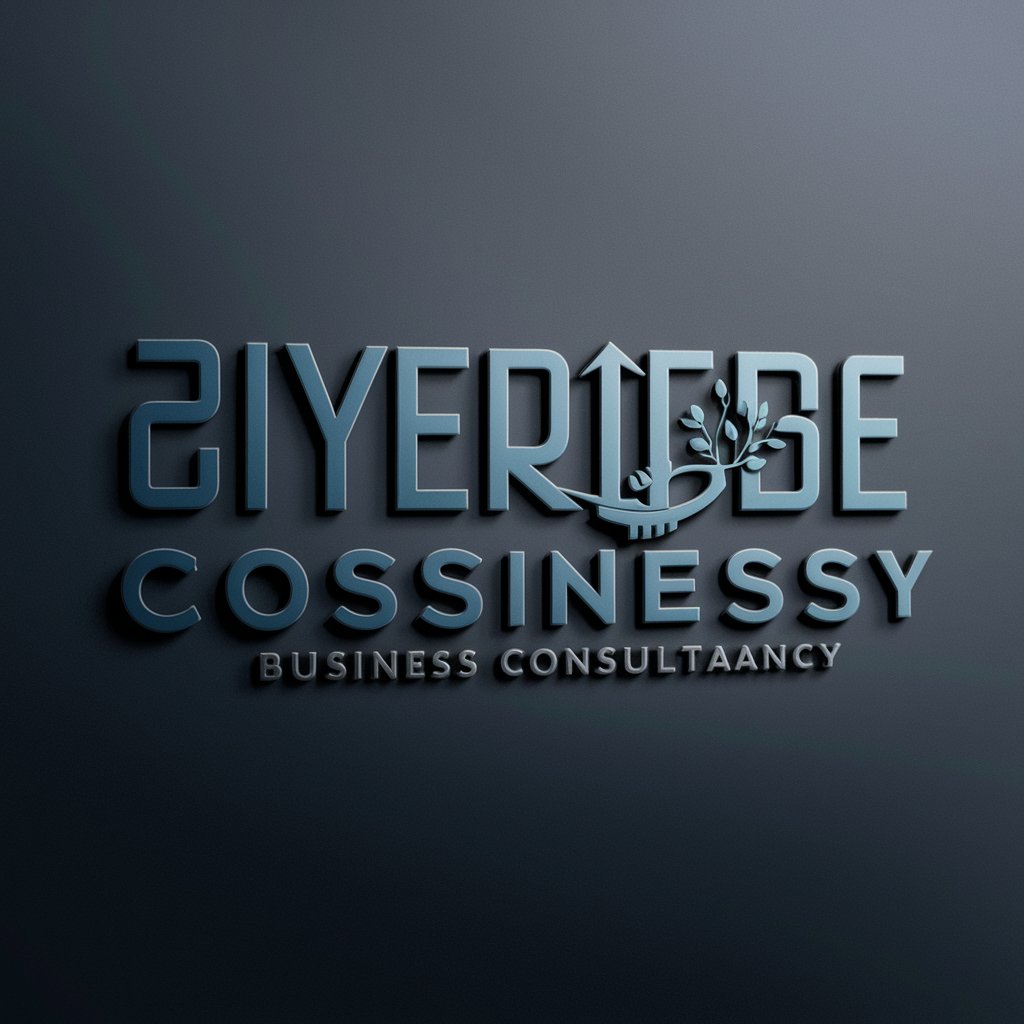
ERP System - Integrated Business Management

Hello! How can I assist you with your ERP system inquiries today?
Streamlining Operations with AI-Driven Insights
Explain the benefits of integrating an ERP system into a mid-sized manufacturing business.
What are the key functionalities to look for in an ERP solution for a retail company?
How does ERP software enhance supply chain management?
Discuss the challenges and solutions for implementing ERP systems in a multinational corporation.
Get Embed Code
Overview of ERP Systems
Enterprise Resource Planning (ERP) systems are comprehensive software platforms designed to integrate and manage all the core processes of a business, from supply chain management to manufacturing, operations, reporting, human resources, and finance, among others. The primary purpose of ERP systems is to enhance organizational efficiency and decision-making by providing a single source of truth, streamlining business processes, and facilitating the flow of data across various departments. A classic example of ERP functionality is in a manufacturing company where the system can track raw material inventory, manage production schedules, monitor quality control, and update financial records in real-time, ensuring that every department has access to the same up-to-date information. Powered by ChatGPT-4o。

Core Functions of ERP Systems
Supply Chain Management
Example
Automating procurement processes
Scenario
In a retail company, the ERP system can predict inventory needs based on sales trends, automatically place orders with suppliers, track shipments, and update inventory levels, ensuring optimal stock levels and reducing manual intervention.
Financial Management
Example
Streamlining accounting operations
Scenario
For a financial services firm, ERP can consolidate financial data from various departments, automate billing and invoicing, manage payroll, and produce comprehensive financial reports, aiding in compliance and strategic planning.
Human Resources Management
Example
Centralizing employee data
Scenario
An ERP system allows an organization to maintain all employee records, from recruitment and onboarding to performance evaluations and payroll, in one place, facilitating easier access to information and compliance with labor laws.
Customer Relationship Management
Example
Enhancing customer service
Scenario
ERP systems integrate CRM functionalities to track customer interactions, sales orders, and service requests, enabling businesses to provide personalized services and support, thus improving customer satisfaction and loyalty.
Project Management
Example
Overseeing project lifecycles
Scenario
In a construction company, the ERP system can manage project schedules, budgets, resources, and communication, ensuring projects are delivered on time, within budget, and in accordance with quality standards.
Target User Groups for ERP Systems
Manufacturing Companies
These businesses benefit from ERP systems through improved inventory management, streamlined production processes, quality control, and distribution efficiency, leading to reduced costs and increased productivity.
Retail and E-commerce
ERP systems help these sectors in managing inventory across multiple locations, predicting demand, automating procurement, and providing detailed sales analytics to drive strategic decisions.
Healthcare Organizations
ERP systems support healthcare providers by managing patient records, streamlining appointment scheduling, automating billing, and ensuring compliance with healthcare regulations.
Educational Institutions
Schools and universities utilize ERP systems for student information management, course scheduling, financial aid management, and to streamline administrative processes, improving operational efficiency.
Government and Public Sector
ERP systems in these sectors improve transparency, manage financials, human resources, and procurement processes, and enhance service delivery to the public.

Guidelines for Using ERP System
Start with a Free Trial
Begin by accessing a no-cost trial at a leading platform offering ERP solutions without the need for account creation or subscription, such as yeschat.ai.
Identify Business Requirements
Assess your organization's specific needs, including inventory management, finance, HR, or customer relationship management, to determine the ERP functionalities most relevant to you.
Configure the System
Customize the ERP system according to your business processes, integrating existing data and setting up modules to align with your operational workflows.
Train Your Team
Organize training sessions for your team members to familiarize them with the ERP software, ensuring efficient and effective use of the system.
Go Live and Monitor
Launch the ERP system across your organization, and continuously monitor its performance, making adjustments as necessary to optimize business operations.
Try other advanced and practical GPTs
Capricorn
Navigate life's journey with celestial wisdom.

Lam Clinic Database
Empowering Patient Care with AI

Wheelhouse Content Brief Kickstarter
Streamline SEO content creation with AI power

Scenarzysta na bombie
Crafting Your Narrative with AI

XR for Education
Empower Learning with AI-Powered XR

Abogado Experto en Derecho Laboral
Empowering legal decisions with AI.

"परिवार दा डाक्टर"
Your AI-powered healthcare companion

Camila
Elevate Your WhatsApp Sales with AI

Pirata das Redes
Empower Your Social Media with AI

Local Business Calculator Generator
AI-powered calculator customization for businesses

Office Supervision
Streamlining Office Operations with AI

Unternehmensberatung Experte
Empowering Your Business Strategy with AI

Detailed Q&A on ERP System
What is an ERP system and how does it work?
An ERP (Enterprise Resource Planning) system is an integrated software platform that manages core business processes, such as finance, HR, manufacturing, supply chain, services, procurement, and others, in a unified system. It works by centralizing data, which allows for improved data accuracy, efficiency, and visibility across the organization.
Can ERP systems be customized for specific industry needs?
Yes, ERP systems are highly customizable and can be tailored to meet the unique requirements of various industries, including manufacturing, healthcare, retail, and education, among others. This customization allows organizations to optimize their operations and address specific challenges.
What are the benefits of implementing an ERP system?
Benefits include improved operational efficiency, enhanced data accuracy and visibility, streamlined business processes, better decision-making capabilities through real-time data, and increased productivity. An ERP system can also help reduce operational costs by automating routine tasks.
How long does it take to implement an ERP system?
The implementation time can vary widely depending on the complexity of the business processes, the size of the organization, and the extent of customization required. It can range from a few months to over a year. Proper planning, resource allocation, and stakeholder engagement are crucial to ensure a smooth transition.
Can ERP systems integrate with other business tools and systems?
Yes, modern ERP systems are designed to be interoperable, allowing for integration with a wide range of other business tools and systems, such as CRM software, e-commerce platforms, and external databases. This integration capability enables organizations to maintain a cohesive and efficient operational ecosystem.